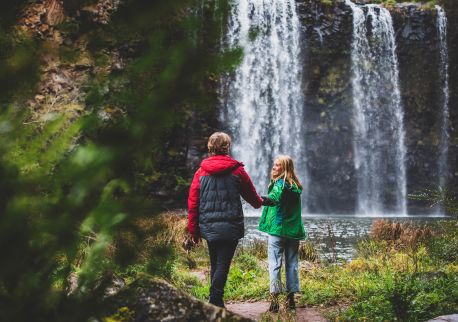Broken Hill City Art Gallery
Overview
The Broken Hill City Art Gallery is the oldest regional art gallery in New South Wales and has recently reopened following a $1.7 million refurbishment of its historic home, a former hardware store, Sully’s Emporium.
The original gallery opened in 1904 in the city’s Technical College with the bequest of three artworks by George McCulloch, one of the 'Syndicate of Seven' founders of BHP. It moved into its current home a century later, in October 2004.
This space in the heart of Broken Hill carries an impressive collection of artworks from Australia and overseas. And, with the gallery’s fresh new look has come a new way of exhibiting works: permanent displays are no more; instead, pieces will rotate through the gallery as part of themed exhibitions.
You’ll find an impressive array of works from the 19th century to the present day, by the likes of Margaret Preston and Arthur Boyd, as well as Indigenous artists from central Australia, such as Clifford Possum Tjapaltjarri, and local artists including Uncle Badger Bates, a Barkindji Elder who combines traditional images with lino printing.
You’ll also get the chance to see older colonial works by the likes of James Coutts Michie and James Ashton, as well as Victorian painters such as Arthur Hacker.
Admission is by donation.
Accessibility
A quiet space is available at the venue/ facility
Actively welcomes people with access needs.
Caters for people who are blind or have vision loss
Caters for people who are deaf or have hearing loss
Caters for people who use a wheelchair.
Caters for people with sufficient mobility to climb a few steps but who would benefit from fixtures to aid balance. (This includes people using walking frames and mobility aids)
Employ people with disability
Have a low noise reception areas with hearing loss friendly acoustics and adequate lighting for viewing facial expressions (includes common areas which are free of background noise, background music)
Have a step free main entrance to the building and/or reception area (includes ramps or slopes with a maximum gradient of 1:14, otherwise are too steep for wheelchairs)
Have a wheelchair accessible toilet / shower and change room
Have an accessible public toilet which is unlocked
Have at least one wheelchair accessible parking space with wheelchair accessible signage clearly displayed (International standards are 3200mm wide x 2500 mm high)
Have audio enabled lifts
Have doorways which are easy to open and have lever handles (doorways 850mm or wider when open and not heavy)
Have grab rails in the bathroom
Have handrails on all your stairways
Have lifts with enough space for people using a mobility aid to enter and turn around to use the lift buttons. Buttons are at accessible height.
Have raised tactile buttons in your lifts
Have step free outdoor pathways (includes picnic areas, barbecues and shelters)
Have telephones which are compatible with hearing aids
Have TVs with captioning option
Have visual alerts for emergencies (Include flashing light)
Have volume controlled phones
Have wheelchair accessible transport options available in the general vicinity (provide information on name of the operator, phone and website link to individual providers for private vehicles, community transport train, mini vans, hire cars, buses, taxis, ferry, tram, light rail etc in your access statement)
Offer a range of contact methods for receiving complaints
Offer multiple options for booking - web, email, phone
Provide digital communication materials (hard copy information is also available on line)
Provide information in large print
Provide seating in common areas including reception area
Train your staff in customer service for people with vision loss (training would incorporate way finding and communicating with people with vision loss)
Train your staff in communicating with people who are deaf or have hearing loss
Train your staff in communicating with people with learning or behavioural challenges
Train your staff in disability awareness
Use easy read fonts in your signage and communication materials (Helvetica and Arial)
Use floors/coverings which are slip resistant, firm and smooth
Use non-slip tiles in the bathroom or slip resistant matting
Use Plain English / easy read signage and information (includes menus and emergency information)
Website meets WCAG 2.0 accessibility standards
Welcomes and assists people who have challenges with learning, communication, understanding and behaviour. (includes people with autism, intellectual disability, Down syndrome, acquired brain injury (ABI), dyslexia and dementia)

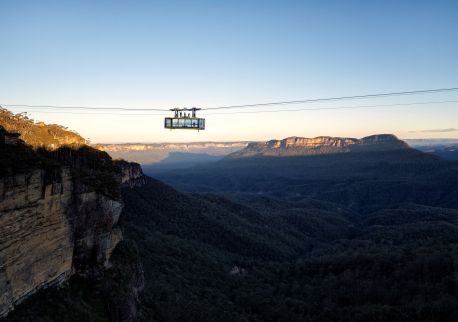
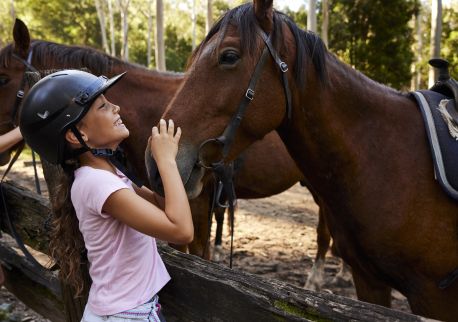
.jpg?h=b9ed6e60&itok=3PLfeieL)


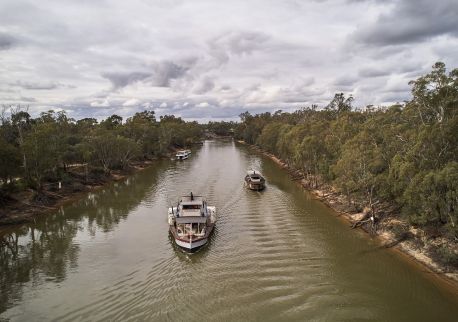
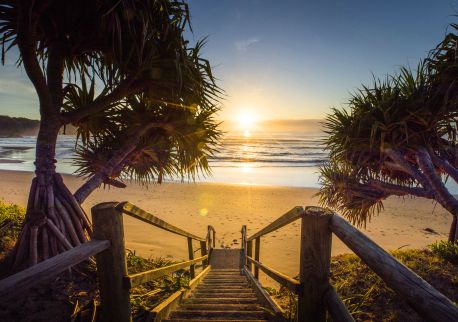




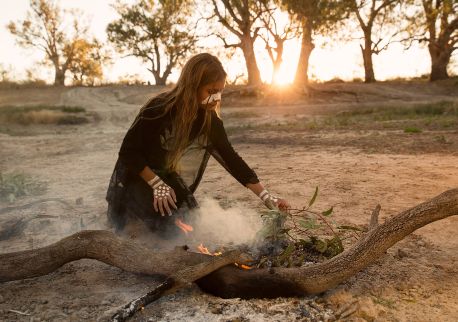
.jpg?h=d9f98e8a&itok=rUhd3pgd)
.jpg?h=c813bc7b&itok=XF1hMB0e)
.jpg?h=3c631b11&itok=4Pi3SECS)
.jpg?h=d8b8f6c8&itok=Z3TU1EW1)


